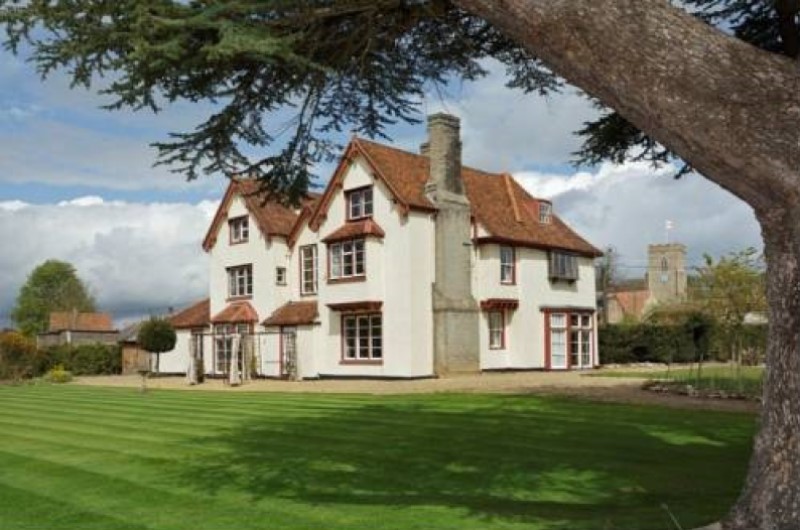Featured Image: view of the Castle motte and Keep ruins, and to the left is the station goods shed.
We have recently welcomed Andrew to the team at the Archaeological Service, so we asked him to share with us his favourite archaeological site in Suffolk.
Andrew joined the team in September 2022 as Archaeology Officer- HER. He has worked in Historic Environment Records (HER) for 8 years, firstly as HER assistant with Surrey County Council, then as HER Officer for the East Riding of Yorkshire Council maintaining the Humber HER. His duties involve the day-to-day updates and maintenance of the Suffolk Historic Environment Record and responding to commercial and public enquiries.
Having recently relocated to Suffolk from my hometown of York, I am still exploring the county and finding my way around. As colleagues have said in previous posts, Suffolk’s heritage is vast and varied, and for this post I have decided on the one place I have visited the most so far, Clare Castle County Park, located in Clare, Suffolk’s smallest town.
Situated at the heart of the park is the scheduled monument of Clare Castle (CLA 008) (Clare Castle, Clare – 1006044 | Historic England), a large motte and double bailey castle. The castle was founded during the 11th century by Richard FitzGilbert, a Norman Knight rewarded by William the Conqueror with estates in Kent, Suffolk and Essex. The castle became the administrative seat, with the family taking on the name of the town, with Richard and his decedents being known as ‘de Clare’. From AD 1317, the castle was occupied by Elizabeth de Burgh nee de Clare who undertook major construction work and kept extensive records of the castle until her death in AD 1360. The castle later fell into Royal hands through the marriage if her granddaughter, however by the 16th century the castle had fallen into ruin. All that remains today is the 60 foot high motte with the remains of the 13th century flint keep.


Elsewhere within the park, occupying the inner bailey is the former Clare Railway Station (CLA 149), closed in 1967 following the Beeching report. Today, the Station and former goods shed (CLA 148) are both grade II listed and is the only surviving Great Eastern Railway 1856 complex. A signal box was present on the site until a fire in the 1960s.


Accessible through the Country Park are is Clare Priory (CLA 001), which is used as a Parish and Retreat centre containing the ruins of the priory. Even through some areas are private, you are able to walk around the grounds. Clare Priory was the house of Austin Friars, founded in 1248 by Richard de Clare and is probably the first of its order in England. It was suppressed in 1538 with the prior house being converted to a dwelling in 1604. It was passed through many hands until 1953 when it was purchased by the Augustinian Friars.
Today the Castle and grounds are maintained by the Clare Castle County Park Trust and is free to walk around the grounds and to visit the remains of the castle keep.






